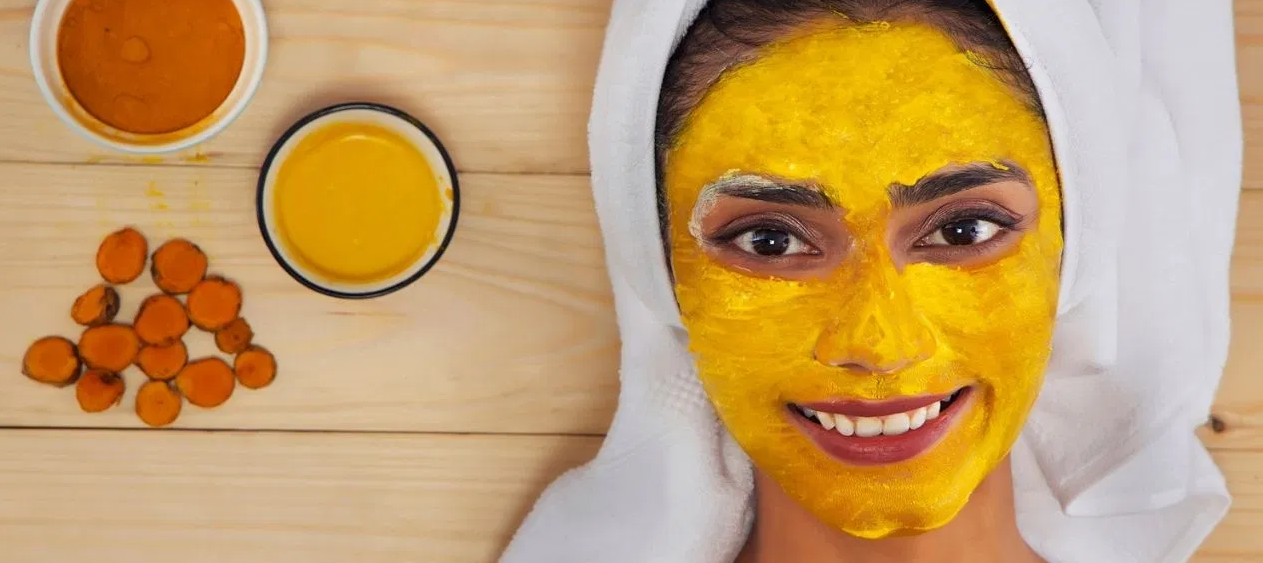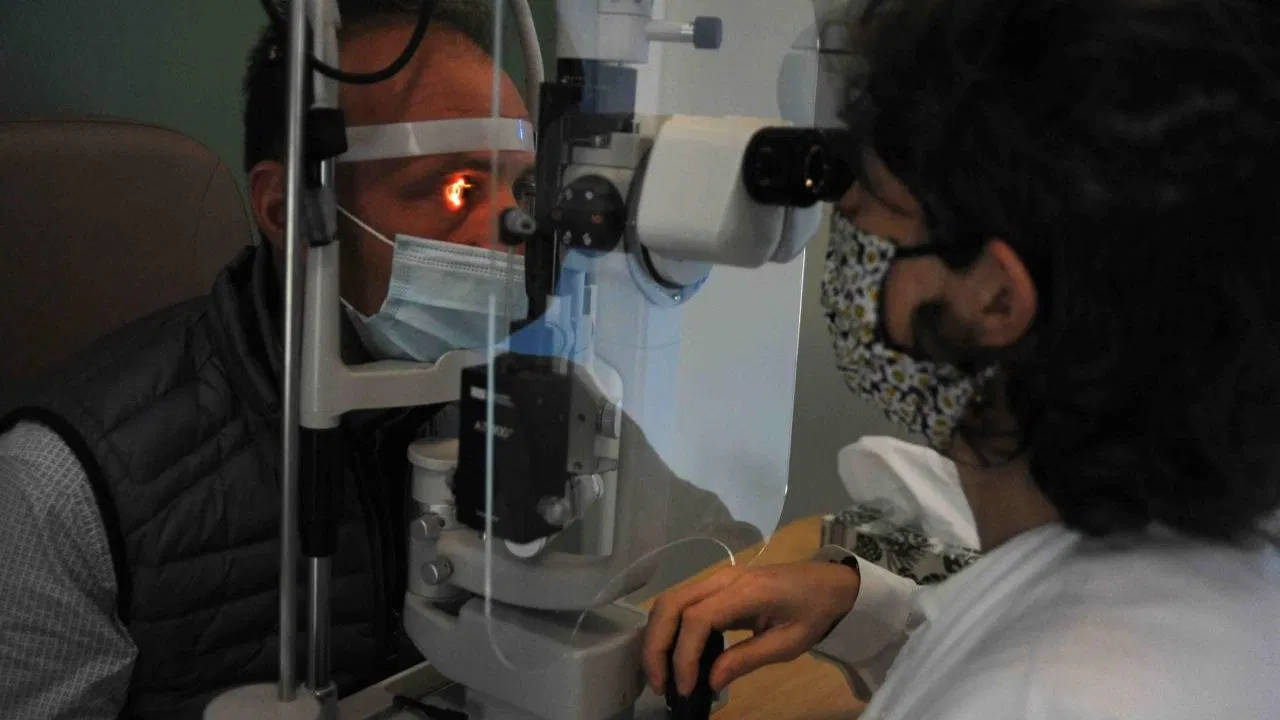
Applying anything on your face after seeing a viral reel, without understanding whether your skin needs it or not - can be a serious mistake. Skin care is not a DIY project, but an important part of health. Understand from dermatologists how pigmentation is actually removed.

Gram flour for pigmentation myth: Nowadays, reels of home remedies related to skin care are becoming increasingly viral on social media, in which big claims are made without any scientific evidence. In all the Instagram reels, it was claimed that pigmentation can be completely eliminated with gram flour. Seeing such reels, people start following them without thinking, which poses a risk of allergies, irritation, increasing spots or damage to the natural layer of the skin. Not all information appearing on the internet is correct, especially when it comes to the face. Therefore, caution is necessary with such trends.
Thousands of reels related to skin care go viral every day on Instagram, YouTube and Facebook. Many similar videos went viral on Instagram and other social media accounts, in which it was claimed that "pigmentation can be completely eliminated with gram flour." In the video, a woman applies a gram flour face pack at home and claims that all the spots and blemishes will be removed from the face in a few days. On hearing this claim, many people also start trying it, but is it true? We investigated this claim by talking to skin experts and know what they said.
Can pigmentation really be removed with gram flour? According to dermatologists, this claim is scientifically completely wrong. Gram flour does have mild exfoliating properties, which can remove dead skin from the upper layer of the skin. This may make the skin look a little clean and fresh, but it is not a permanent solution to deep skin problems like pigmentation.
Claims to eliminate pigmentation with gram flour
There are so many accounts that claim to remove pigmentation by telling home remedies like using gram flour, coffee etc. But in the pursuit of these reels, many people end up messing with their skin. The result of which can be serious like skin allergy, eczema, skin irritation etc.
Pigmentation , that is, spots on the skin, dark marks or uneven color, this problem is not just superficial. There can be many reasons behind it like hormonal changes, sun exposure, melanin imbalance, inflammation or skin disorder. Home remedies like gram flour can only mildly exfoliate the skin (remove the upper dead skin), but they are completely ineffective in removing deep pigmentation.
What do experts recommend?
Dermatologist Dr Bhavook Dhir believes that to remove pigmentation, a person needs correct diagnosis and customized treatment. Everyone's skin and the cause of pigmentation is different. Therefore, the one-solution for all funda does not work.
correct and safe measures include
1. Use sunscreen regularly: The sun’s UV rays can make pigmentation darker, so it’s important to use a sunscreen with SPF 30 or above every day.
2 Topical Creams According to doctors, hydroquinone, niacinamide, kojic acid and vitamin C based creams gradually reduce pigmentation.
3 Chemical Peels and Laser Therapy Professional treatments, done under the supervision of a dermatologist, deeply remove pigmentation.
4 Healthy diet and hydration: Getting nutrition from within the body improves skin color and tone.
Why is it important to be careful? The things shown in the reels going viral on the internet are often made without any research or expert advice. These “home remedies” are not safe for everyone. They can also prove to be harmful, especially for those with sensitive or acne-prone skin.
The claim that gram flour removes pigmentation is just a myth. If you are suffering from blemishes on your face for a long time, then consult a trusted skin specialist. The easy remedies seen on the internet may not be effective for everyone. Understand your skin, take the right treatment and beware of "reel experts".



